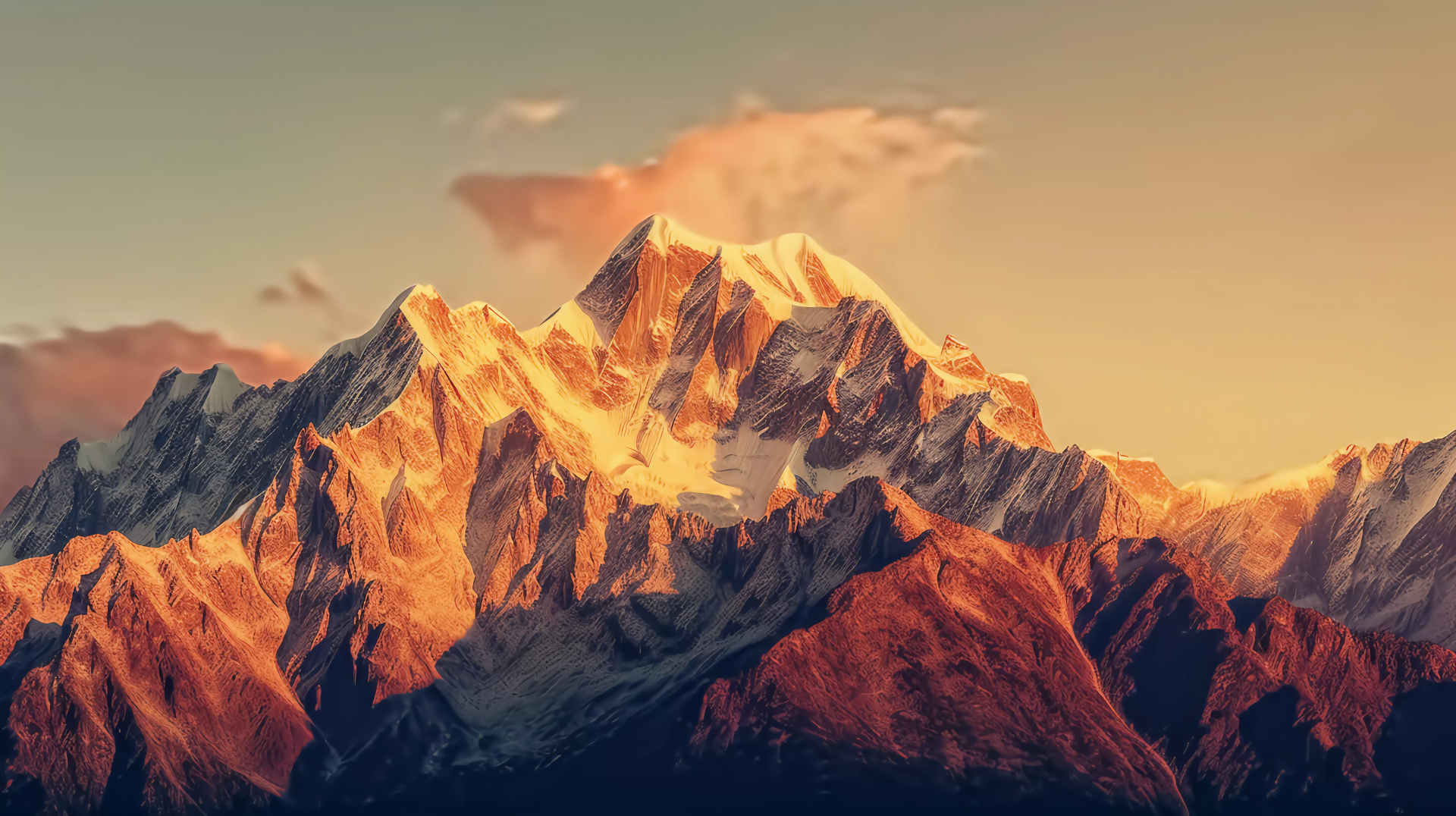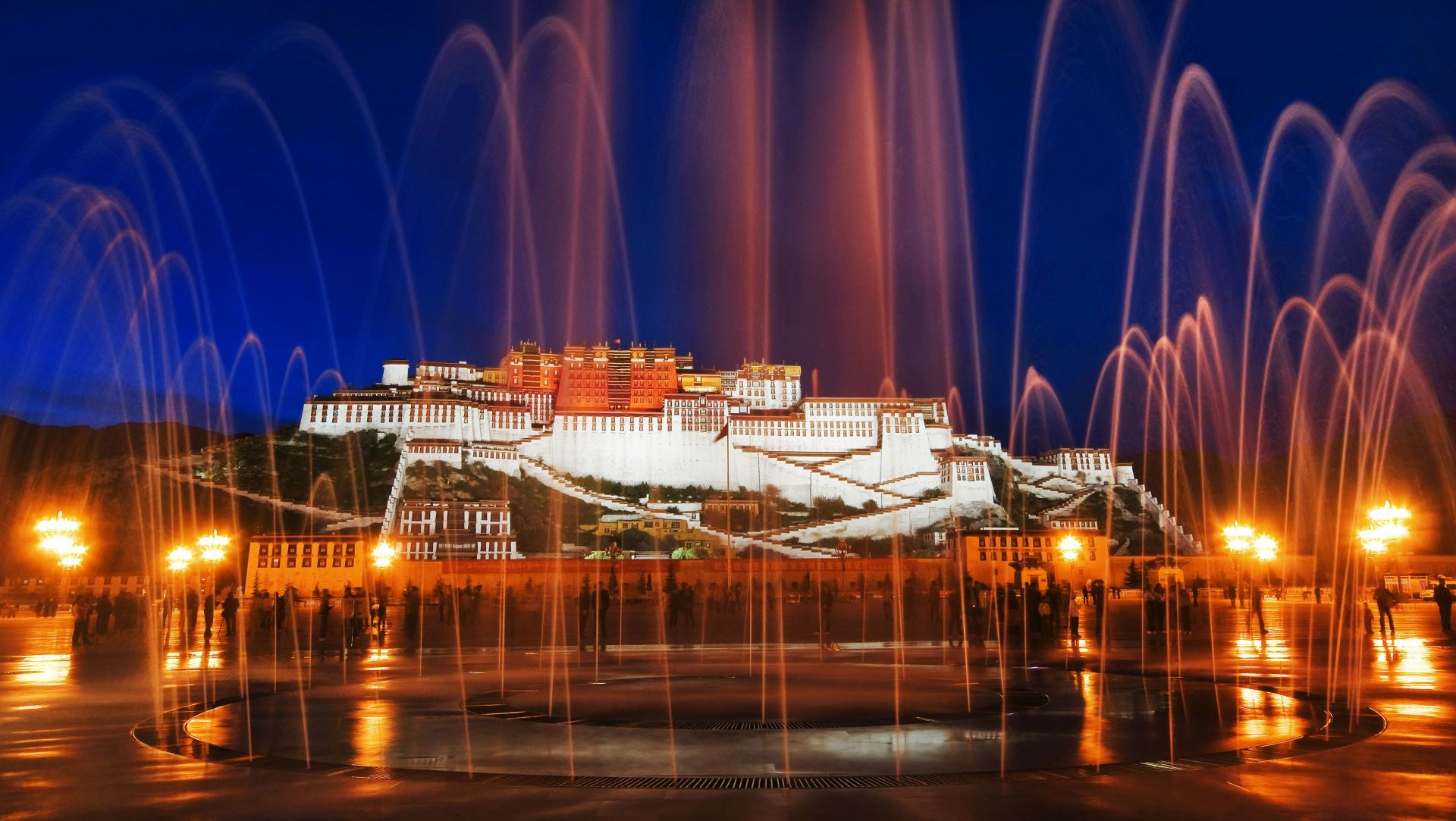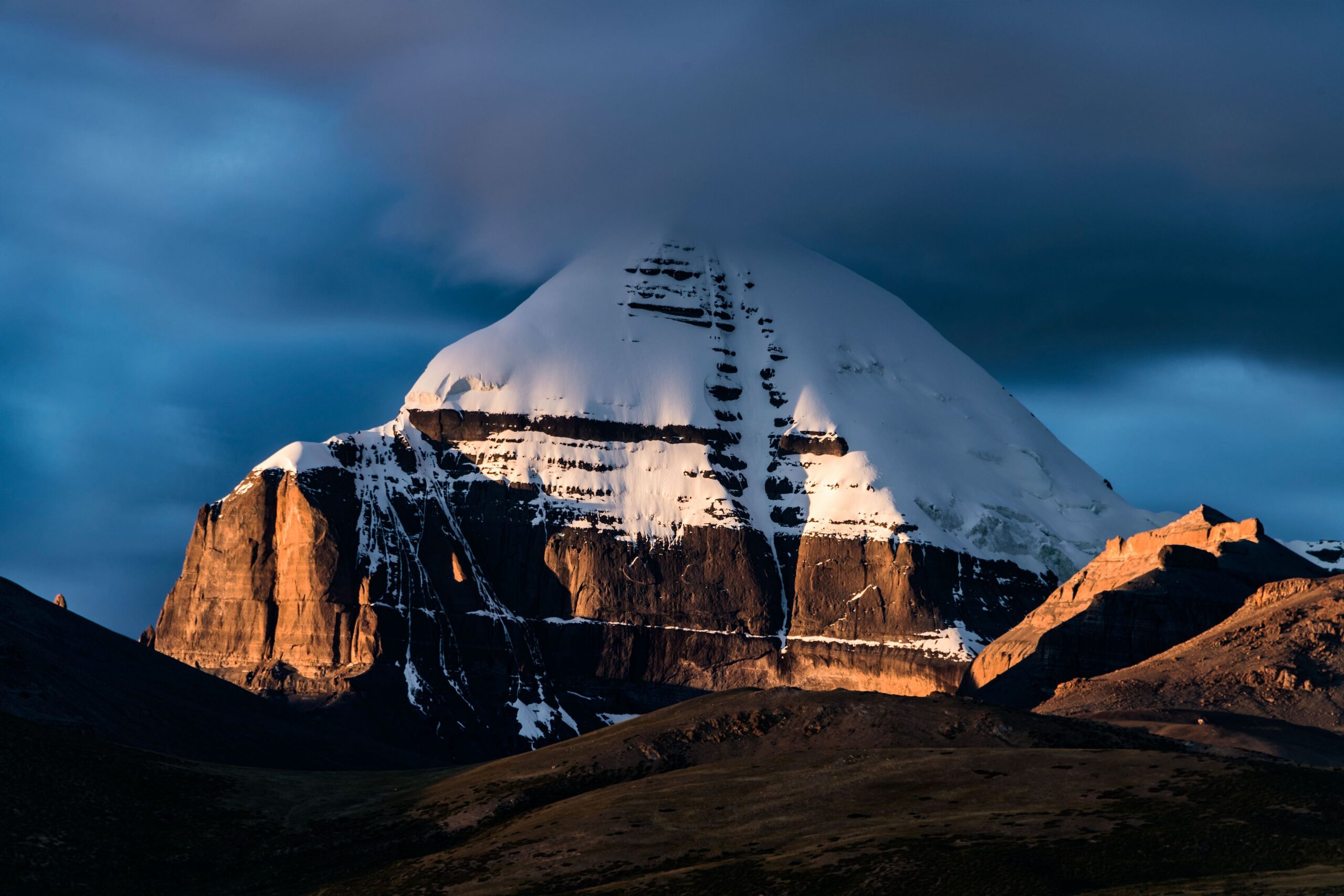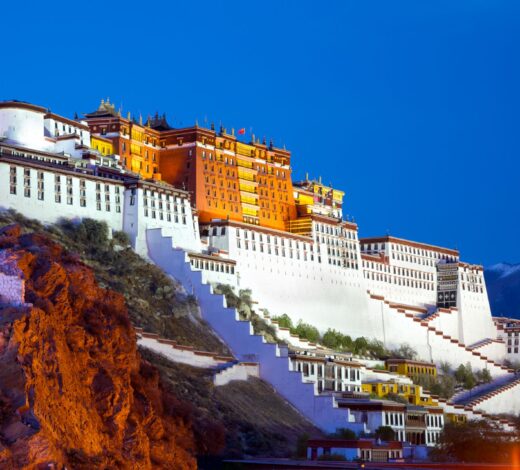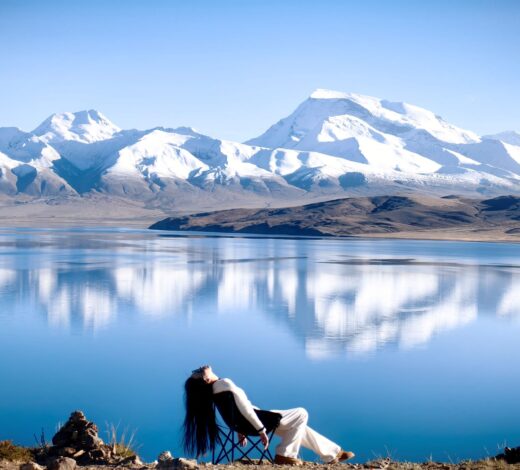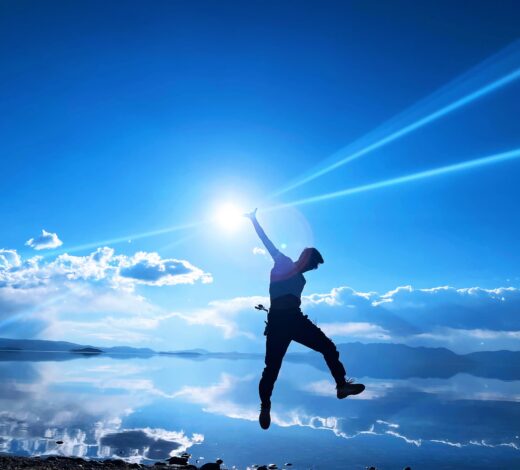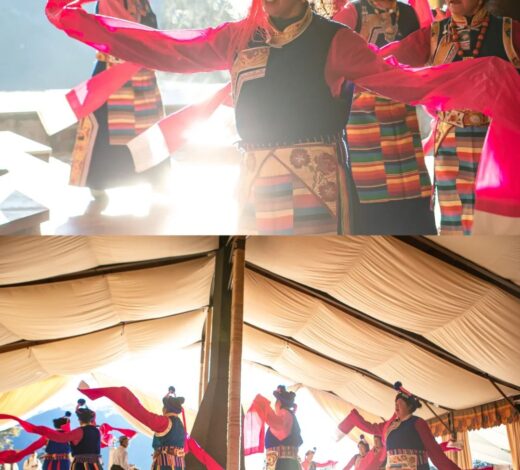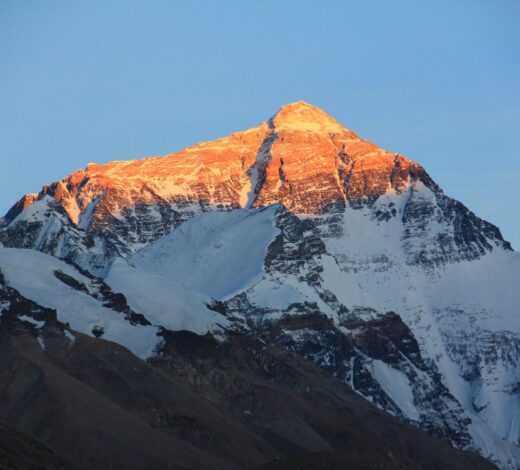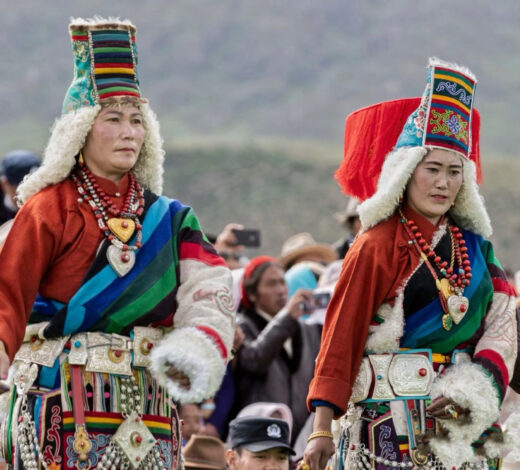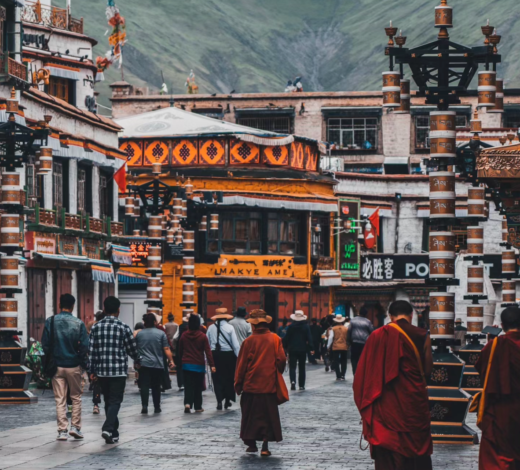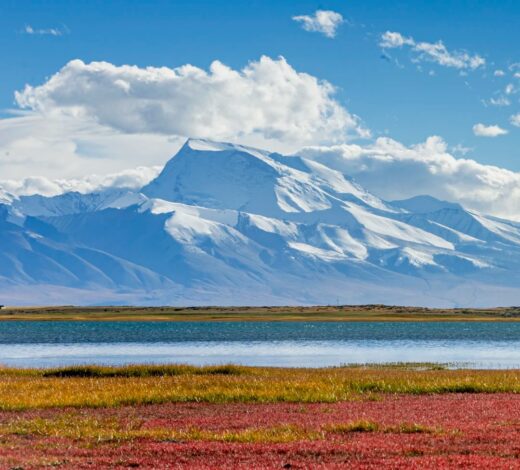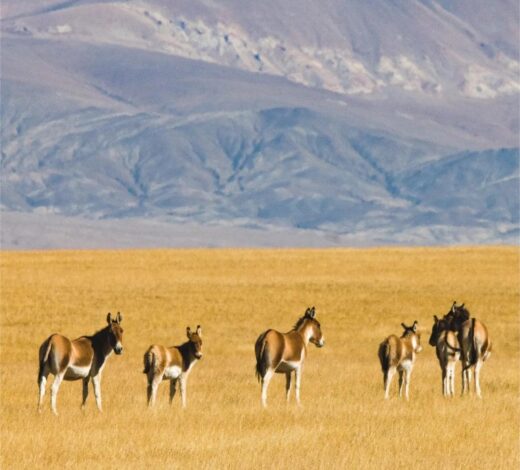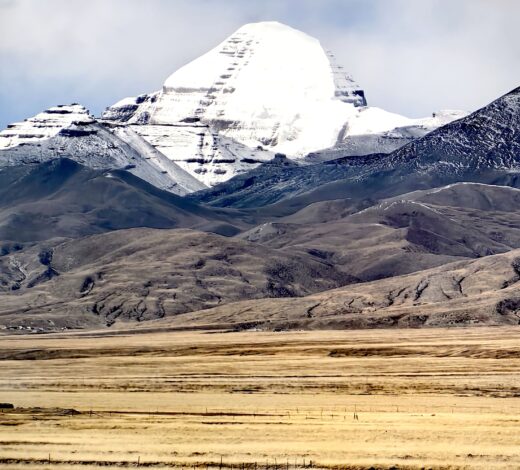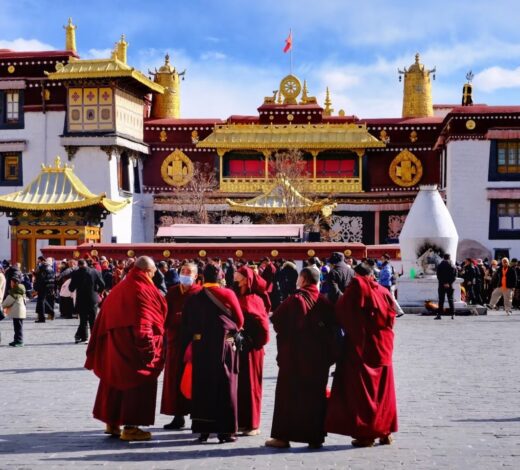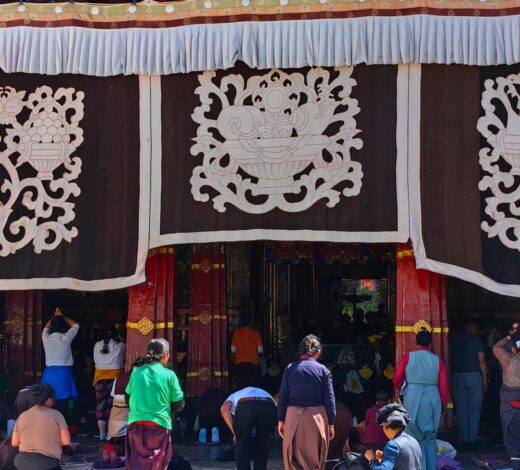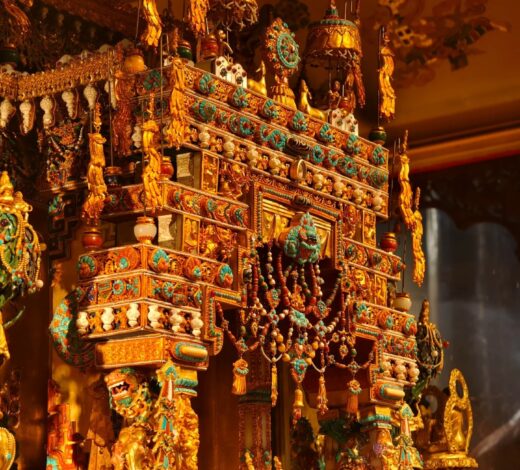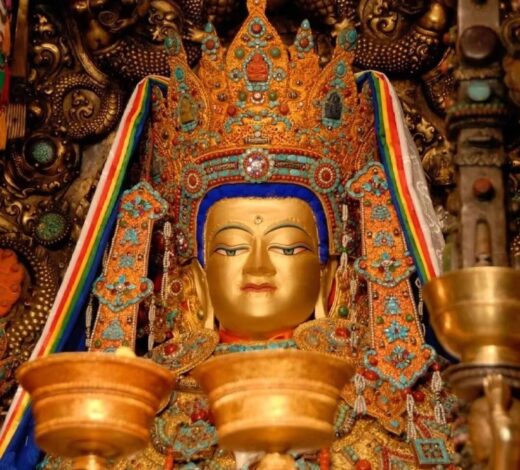Today you arrive in Lhasa, the “City of Sunshine.” A warm Tibetan welcome awaits as your local guide greets you with a traditional khata, a white ceremonial scarf symbolizing purity and blessings. En route to the city center, you’ll cross the Lhasa River Bridge, where a completely different landscape unfolds before your eyes — a deep blue sky, crystal-clear river waters, and fluttering prayer flags create a scene that is distinctively Tibetan. You’ve finally arrived in the holy city long dreamed of. Check in at the hotel and rest to acclimate to the high-altitude environment.
Lhasa is the capital of the Tibet Autonomous Region and serves as its political, economic, and cultural heart. This ancient and mysterious city is also a spiritual center of Tibetan Buddhism, rich in historical heritage, religious culture, and natural beauty.
Geographical Location:
Lhasa is located in the southwest of China, in the southeastern part of the Tibet Autonomous Region, along the upper reaches of the Lhasa River, a tributary of the Yarlung Tsangpo River. With an average elevation of about 3,650 meters, it is one of the highest cities in the world.
Historical & Cultural Significance:
Famous for its picturesque scenery, long history, distinctive customs, and strong religious atmosphere, Lhasa has received numerous honors, including “Excellent Tourism City of China,” “Most Favorite City for European Tourists,” “National Civilized City,” “China’s Safest City,” and has been ranked among the “Top 200 Most Attractive Cities in the World” and “Top 100 Must-Visit Cities in China (2018).”
Tourist Attractions:
Lhasa boasts numerous historical and cultural landmarks. The Potala Palace, Jokhang Temple, and Norbulingka are all listed as UNESCO World Heritage Sites. Other must-visit spots include Drepung Monastery, Sera Monastery, Ramoche Temple, Zongjiao Lukang Park, Tibetan Kings’ Tombs, Chubu Monastery, Lhasa Great Mosque, Qugong Ruins, Tibet Museum, Yaowang Mountain, and the Drigung Kagyu Monastery Complex. Main shopping areas include Barkhor Street, Yutuo Road Pedestrian Street, and Lhasa Department Store.
Gastronomic Highlights:
Start your morning like a local with a hearty bowl of Tibetan noodles and a cup of sweet tea — a beloved breakfast pairing in Lhasa. As you stroll the streets, you’ll find cold noodle (liangfen) stalls every few steps. Whether thick or thin, white or yellow, liangfen is typically served with garlic, chili, and other condiments — a simple yet satisfying meal.
Tibetans also enjoy butter tea, especially in the early morning. Made from tea leaves, yak butter, and salt, this traditional drink is both nourishing and hydrating. Another staple is tsampa, a traditional Tibetan food made from roasted barley flour mixed with butter tea. Barley (specifically highland barley) is the primary grain of the Tibetan Plateau and a key component of the Tibetan diet.

